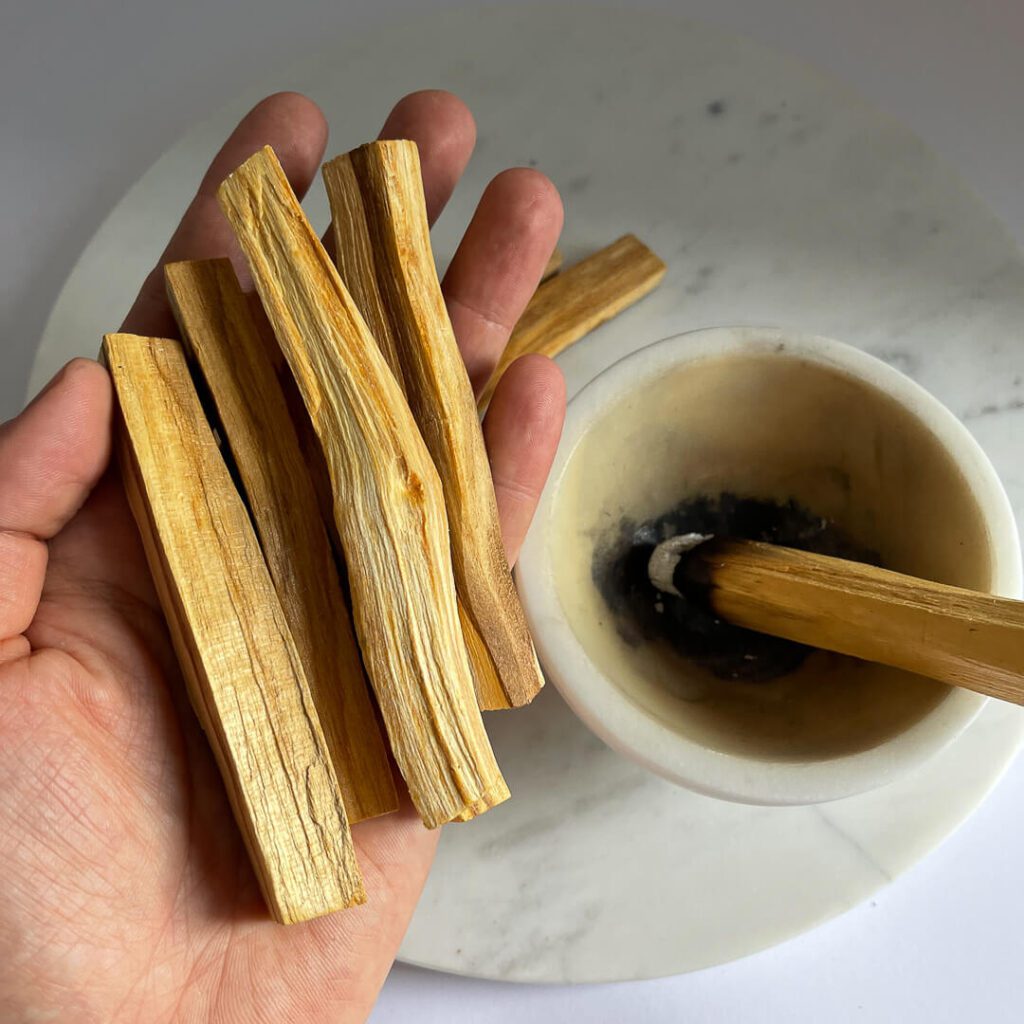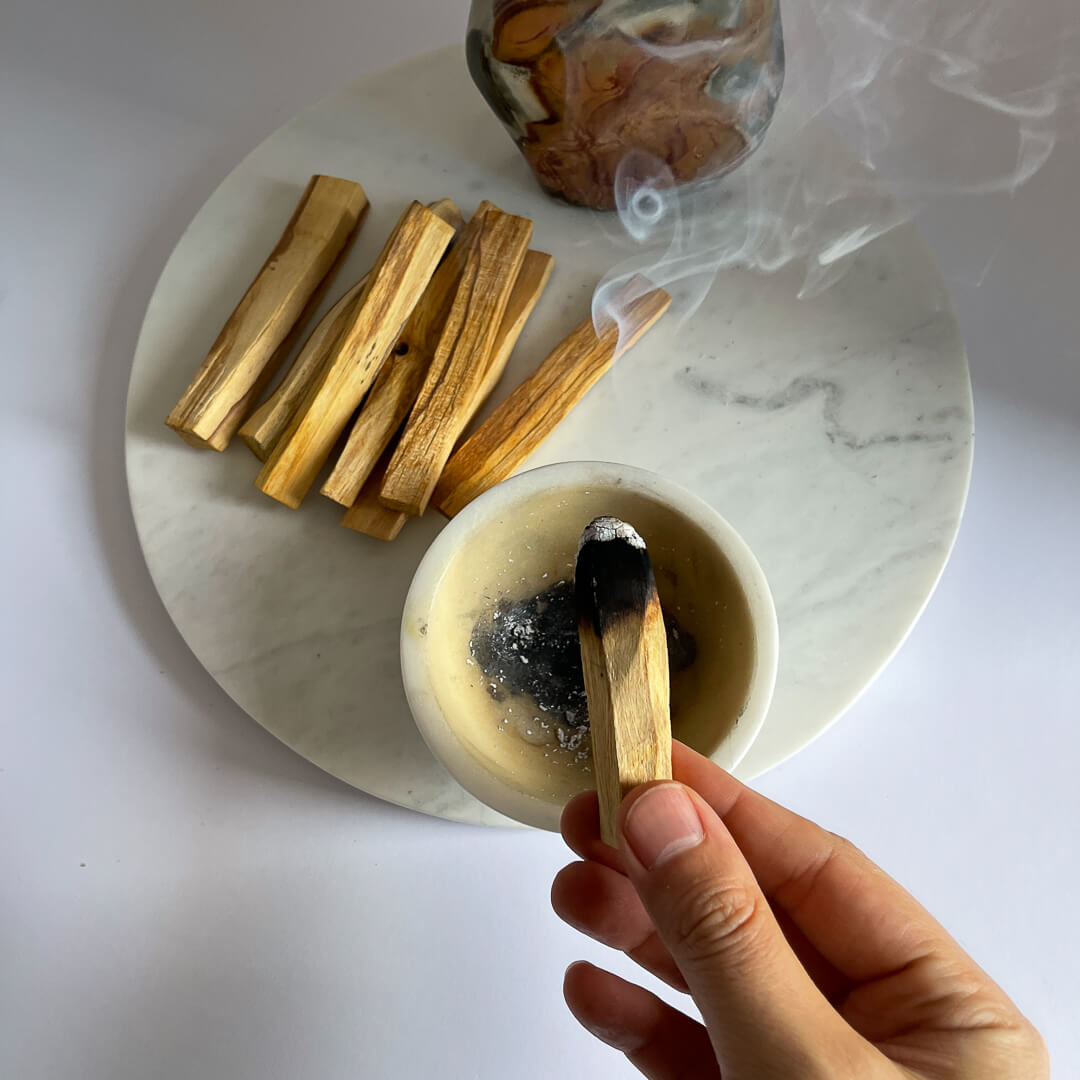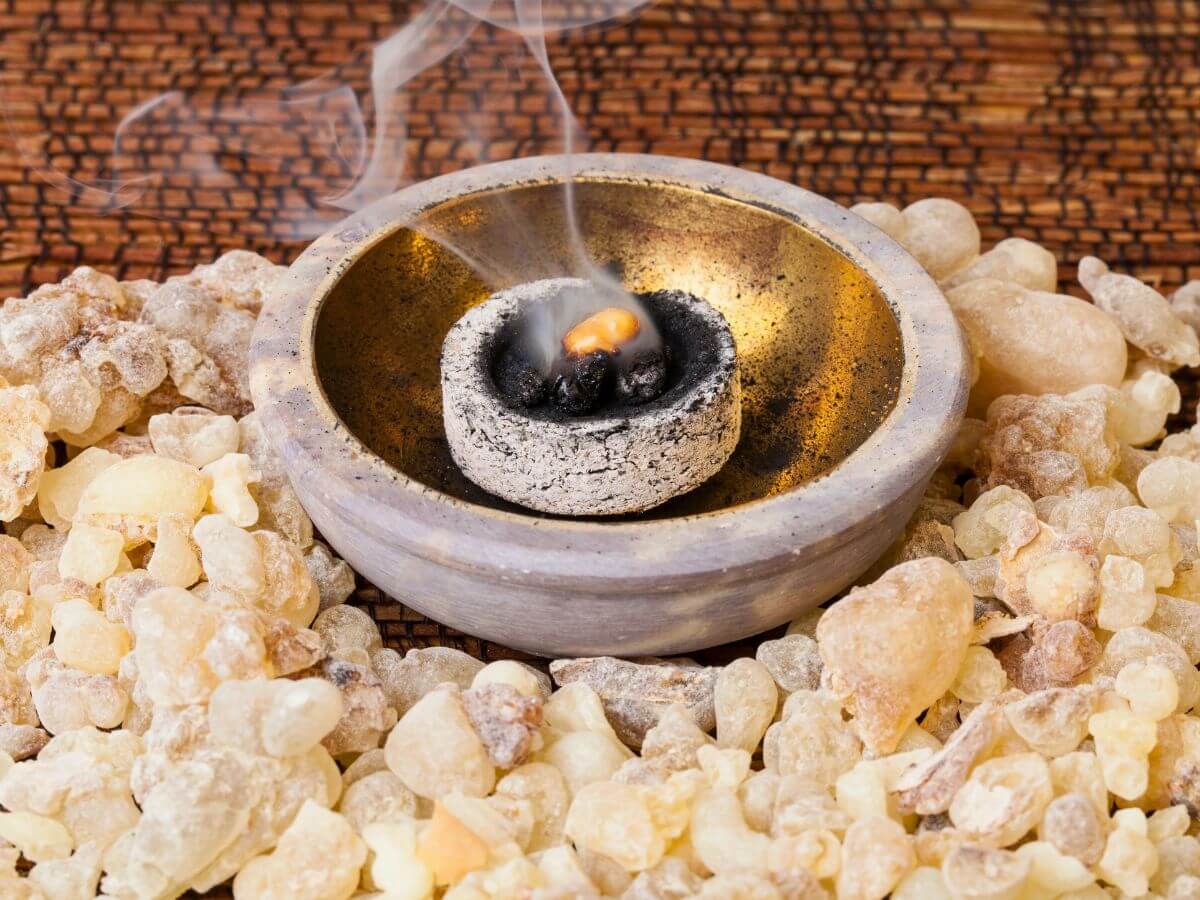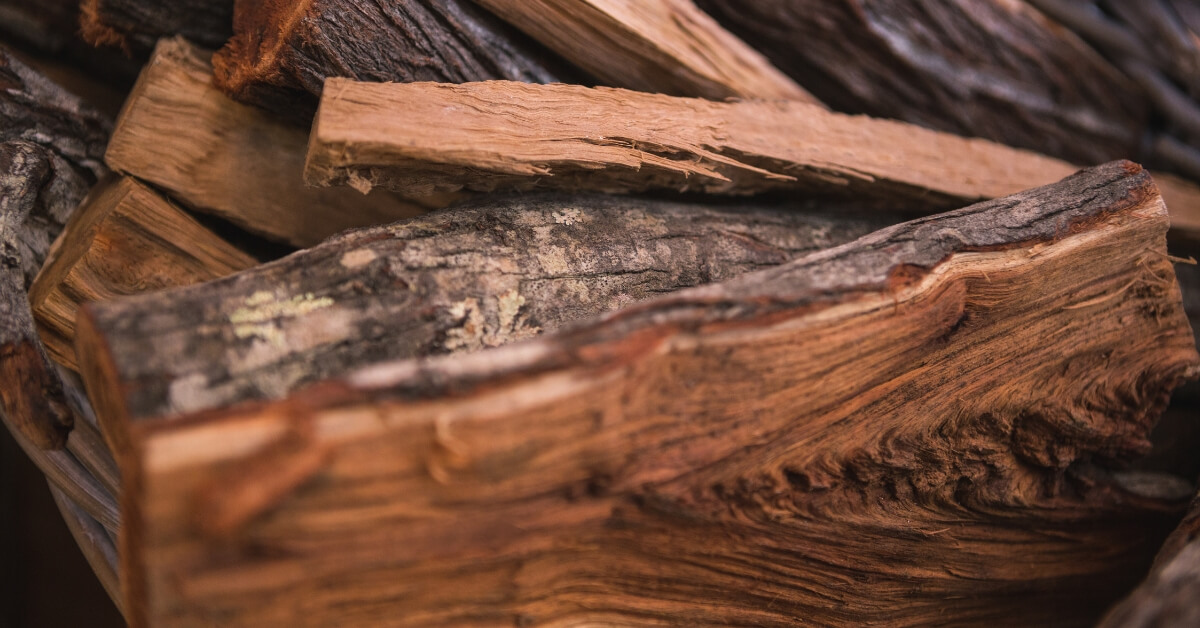I. Introduction
Palo Santo, or “Holy Wood” as it’s translated, is much more than a fragrant wood from the South American coasts. With its rich, calming scent and deeply embedded history, it’s no surprise that Palo Santo has been revered by indigenous cultures for centuries. Tracing its roots and understanding its significance opens a door to a world where spirituality meets the tangible, and where tradition merges with present-day practices. The wood, characterized by its unique aroma when burned, doesn’t just offer an inviting scent but also a deep connection to a rich tapestry of history and beliefs.


palo santo sticks
II. Historical Roots of Palo Santo
When delving into the annals of South American history, P Santo stands out as a wood of great significance. The indigenous communities of the Andes, particularly the Incas, held this wood in high esteem. They recognized not just its aromatic qualities but also its spiritual significance, often employing it in sacred rituals and religious ceremonies. The burning of this wood was believed to cleanse the aura, ward off evil spirits, and attract positive energy.
But its reverence wasn’t confined to spiritual pursuits alone. Traditional healers across Ecuador, Peru, and other South American countries utilized Palo Santo in their medicinal practices, tapping into its alleged therapeutic properties. Its use wasn’t just restricted to the realm of physical well-being. The wood, when burned, was believed to elevate the spirit, ushering in clarity, peace, and a deeper connection with the divine.
This intertwined history of spirituality and therapeutic utility makes Palo Santo a fascinating subject, a bridge between the worlds of the mystical and the pragmatic, pointing to its multifaceted role in indigenous societies.
III. Understanding the Source: The Palo Santo Tree
In the heart of the South American dry tropical forests, particularly those spanning the coastlines of Ecuador and Peru, the Palo Santo tree (Bursera graveolens) finds its natural habitat. Growing amidst diverse flora and fauna, this tree possesses a unique characteristic: the ability to produce a resin-infused heartwood which, when dried, releases its signature scent upon burning.
However, a crucial aspect of this sacred tree is its life cycle. For the wood to gain its renowned aromatic and therapeutic properties, the tree must die naturally and be allowed to rest on the forest floor for several years. This period allows the tree to undergo a transformation, enriching the wood with its distinctive compounds.
Given its increasing global popularity, the topic of ethical harvesting becomes paramount. Extracting wood from live trees can not only diminish its quality but also threaten the very existence of this sacred tree. Sustainable and ethical harvesting practices ensure that only wood from naturally fallen trees is collected, and ample time is allowed for the tree’s transformation. By adhering to these practices, we respect both the legacy of indigenous cultures and the ecological balance of the region.
IV. Primary Components and Their Healing Properties
At the heart of Palo Santo’s therapeutic prowess lies a combination of naturally occurring compounds. Among these, three stand out prominently:
1. Limonene: Accounting for the majority of Palo Santo’s composition, limonene is known for its potent anti-inflammatory and antioxidant properties. It’s often credited with the uplifting and mood-enhancing effects of the wood.
2. Terpineol: Offering potential antianxiety and antioxidant effects, terpineol in Palo Santo contributes to its calming and spiritual grounding properties.
3. Menthofuran: Guiding the characteristic scent of Palo Santo, menthofuran also exhibits potential anti-inflammatory benefits.
When these compounds interact in unison during the burning of Palo Santo wood, they release not only a captivating aroma but also an array of therapeutic benefits. From mood elevation to reducing inflammation and countering stress, the compounds play a pivotal role in Palo Santo’s longstanding reputation as a holistic healing agent.
V. Palo Santo in Aromatherapy
In the realm of aromatherapy, the aromatic profile of an element defines its therapeutic potential. Palo Santo, with its intoxicating blend of pine, mint, and lemon undertones, is a coveted player in this field. Its scent, distinct and rich, is believed to usher in tranquility, clarity, and inspiration.
Aromatherapy employs various materials, each contributing its unique signature to the olfactory experience. When juxtaposed against woods like cedar and sandalwood, P Santo offers a brighter, elevating aroma. While cedar provides a deep, grounding essence reminiscent of a forest after rain and sandalwood contributes a soft, warm, and creamy note, P Santo stands out with its clear, purifying, and uplifting scent. This unique profile makes it an excellent choice for those seeking both relaxation and renewed energy.
Beyond its aroma, this incense is also credited with antimicrobial properties, making it beneficial for purifying air, especially in enclosed spaces. Its scent can be a bridge, connecting the physical realm with the emotional, elevating both the environment and the mood of those present.
VI. Energetic and Spiritual Benefits
In the tapestry of indigenous South American traditions, Palo Santo is more than just wood; it’s a bridge to the divine. Used extensively in spiritual ceremonies, this sacred wood is believed to clear negative energy, restore tranquility, and bring forth blessings.
One of the cornerstones of these practices is the concept of “limpias.” Limpias are cleansing rituals, often involving shamans or curanderos, aimed at purifying the aura or energy of an individual. In such ceremonies, this wood is burned, and the resulting smoke is used to sweep away negativity, much like sage is used in other traditions. These rituals can range from simple personal cleansings to more elaborate community ceremonies.
The burning of this sacred wood not only clears negative energies but also attracts positive ones. It’s a tool for grounding, making it essential during meditation and other spiritual practices. When combined with its aromatic properties, the wood becomes a powerful ally, guiding individuals towards emotional balance, spiritual clarity, and a deeper connection with the universe. In the dance between the tangible and the ethereal, Palo Santo stands as a testament to nature’s ability to heal both body and spirit.
VII. Physical Health Advantages
Palo Santo has long held a revered place in traditional South American medicine. Its healing properties aren’t merely confined to the spiritual realm; they extend into tangible physical benefits as well.
Respiratory health is one of the primary areas where this sacred wood shows its prowess. Indigenous communities have, for ages, turned to this holy wood for relief from symptoms of colds, flu, and asthma. The terpenes present in this botanical, like limonene and alpha-terpineol, are believed to reduce respiratory inflammation and alleviate congestion.
Beyond the respiratory system, this wood also promotes overall relaxation. The soothing aroma aids in reducing stress, anxiety, and has even been associated with lowering blood pressure. This relaxation extends into the muscular system, where it serves as a natural remedy for pain relief. From arthritic pain to general muscle aches, the anti-inflammatory properties of this wood have proven beneficial.
VIII. The Art of Burning Palo Santo
Harnessing the benefits of Palo Santo largely depends on how it’s used. When burning this sacred wood, it’s vital to do it correctly to ensure optimal benefits.
Sticks are the most traditional form. To use, you simply light one end, let it burn for a few seconds, and then gently blow it out, allowing the embers to release its aromatic smoke. Chips, smaller fragments of the wood, follow a similar procedure but might burn out faster.
Essential oil, another form of this holy wood, can be diffused or applied topically after dilution. While it offers a concentrated essence of the wood, the experience differs slightly from direct burning.
The act of burning Palo Santo is more than just lighting wood; it’s a ritual. Whether you’re seeking healing, purification, or simple relaxation, the intention behind the act amplifies its benefits.
IX. Sustainability Concerns
With the increasing global popularity of Palo Santo, sustainability concerns have inevitably arisen. Overharvesting poses threats not only to the it’s tree but also to the ecosystems that rely on it.
As a responsible consumer, it’s essential to ensure that the Palo Santo products you purchase are sustainably sourced. This means the wood should come from trees that have naturally fallen and been left to age for several years, which is when the wood’s therapeutic properties are believed to be the strongest.
Numerous conservation initiatives have sprung up in recent years, focusing on planting more Palo Santo trees and educating communities about sustainable harvesting practices. Supporting these initiatives, either through direct donations or by choosing ethically-sourced products, is a step towards preserving this sacred wood for future generations.
X. Ways to Incorporate Palo Santo into Daily Life
Palo Santo, with its diverse benefits, seamlessly fits into our daily lives, and integrating it isn’t just reserved for elaborate ceremonies or rituals.
1. Meditation and Relaxation: The serene aroma of Palo Santo can create the perfect ambiance for meditation. Before starting, light a stick and let its smoke encircle the room, setting an environment conducive for introspection and calmness.
2. Morning Energizer: Begin your day with the invigorating scent of this holy wood. Lighting it for a few minutes in the morning can serve as an aromatic caffeine-free pick-me-up, prepping your mind for the day ahead.
3. Bath Rituals: Elevate your regular baths. Add a few drops of Palo Santo essential oil into your bath for a spa-like experience. It not only soothes the skin but also imparts a sense of relaxation and rejuvenation.
4. Crafting: For those with a creative bent, Palo Santo wood chips can be incorporated into hand-made jewelry or decor items. This way, you can carry its energy with you, be it in a necklace, bracelet, or a decorative piece in your living space.
5. Purifying Spaces: Whenever you feel the energy of a room becoming stagnant, light Palo Santo. It’s a natural way to refresh and rejuvenate the ambiance, making spaces feel more lively and vibrant.
XI. Conclusion
Palo Santo, often termed the ‘Holy Wood,’ rightly justifies its name with the myriad of benefits it brings, spanning from the spiritual to the physical. Its rich history, combined with its tangible health benefits, makes it a unique natural resource.
As with all precious resources, the key is to use this sacred wood with awareness, gratitude, and respect. In understanding its value and ensuring sustainable consumption, we not only honor the traditions from which it originates but also ensure that future generations can experience its magic. Encouragingly, every stick lit or drop diffused connects us to ancient rituals, bridging the past with the present, and nature with the soul. Dive in, explore, and let the healing journey with Palo Santo begin.



